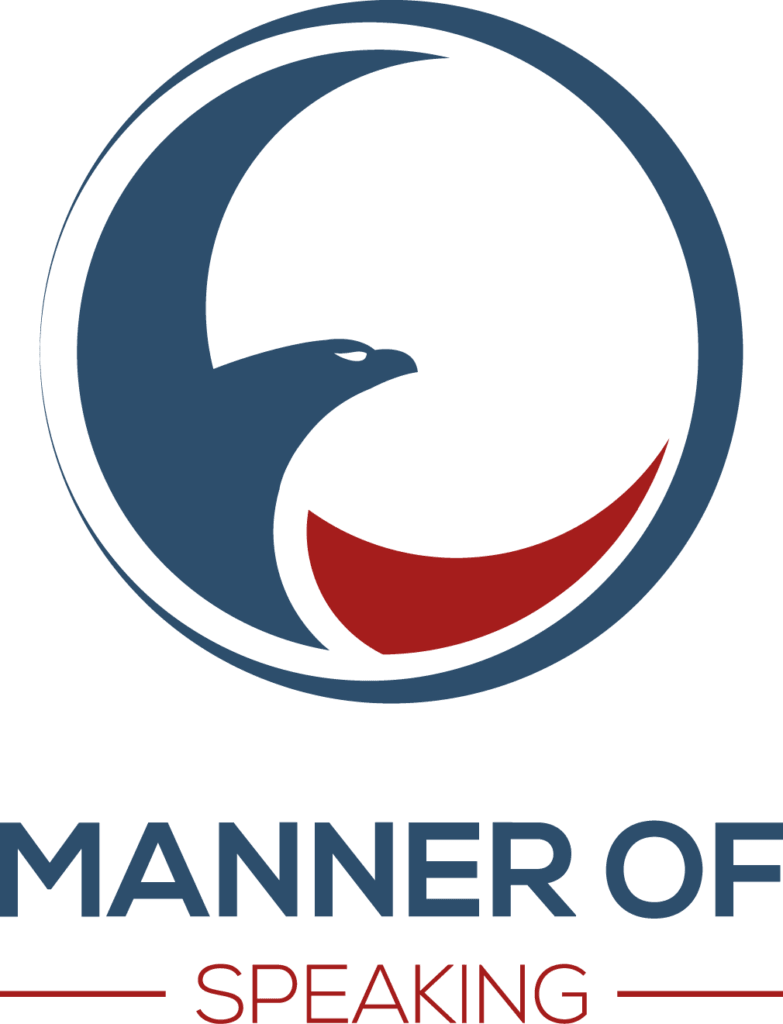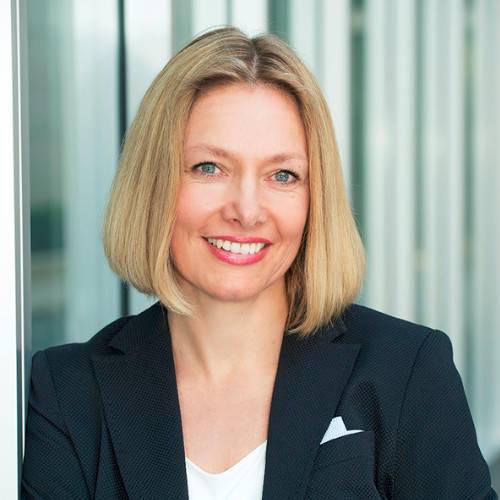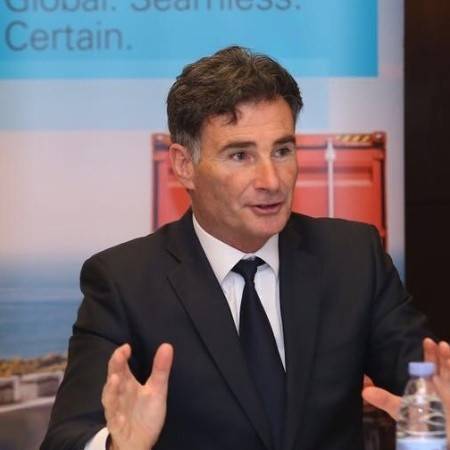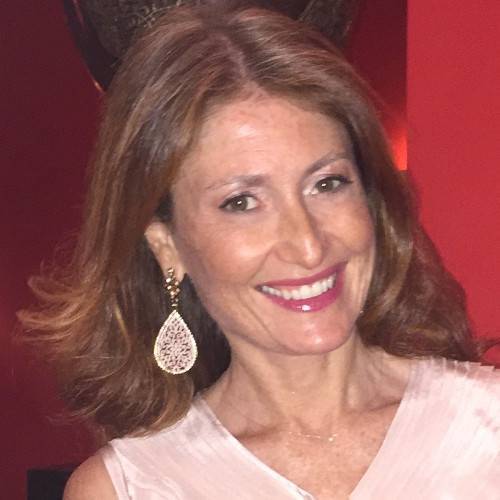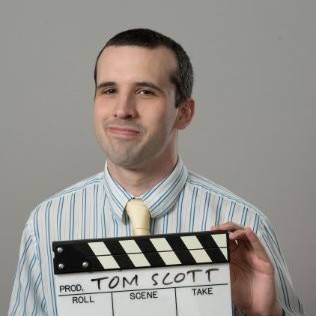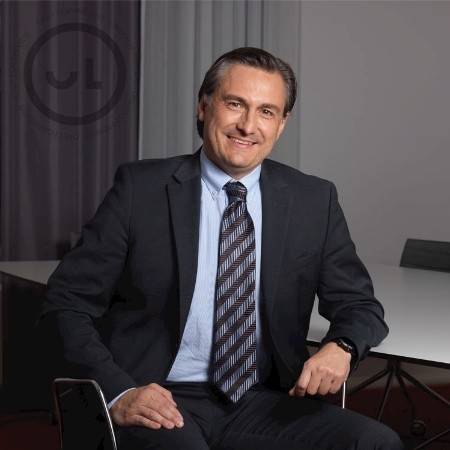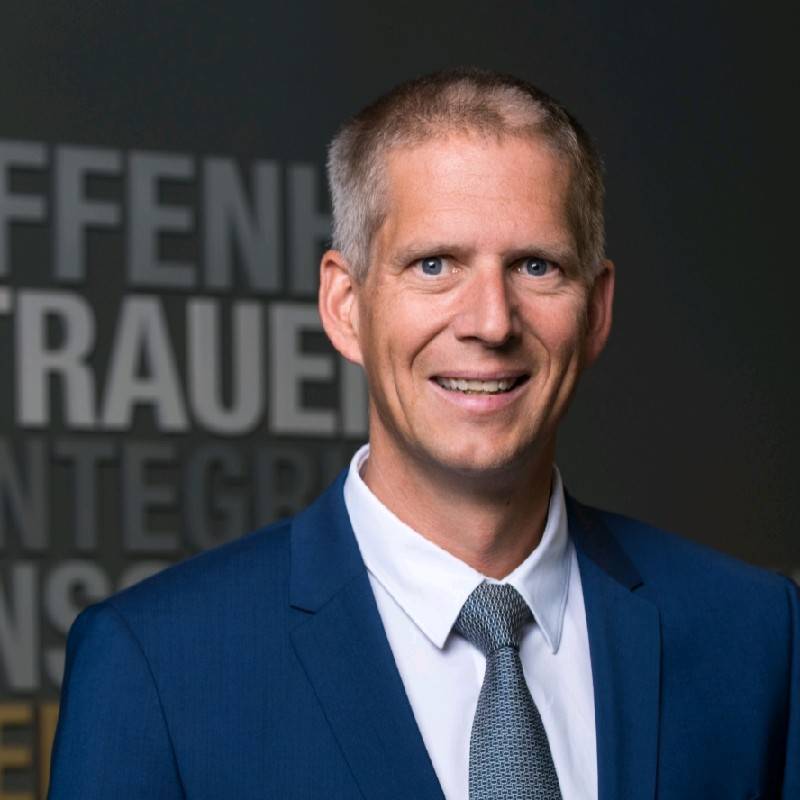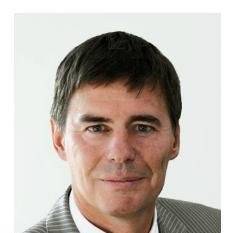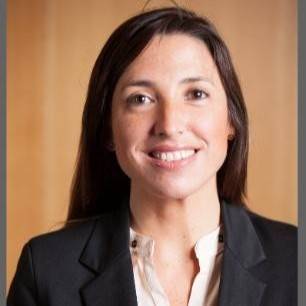This is Part 4 of a seven-part series on making speeches and presentations memorable. It is based on the book Made to Stick by Chip and Dan Heath.
Today I want to talk to you about planned initiatives to streamline functionalities in inter-departmental communications, thereby capitalizing on synergies and maximizing shareholder value.
Wait a minute. Stop. What?!?!?
Have you ever listened to people who talked this way? Did you understand their message? If so, more power to you, because it is incomprehensible babble to me. The words are so amorphous, so vague, that listening to them is akin to trying to grab a cloud.
And yet, this kind of talk peppers the language and PowerPoint slides of thousands of presentations every day. Is it any wonder that our eyes glaze over and the message (assuming there is one) fails to stick? The words are just too mushy. And that is the opposite of how they should be: concrete.
Concreteness is the third characteristic of sticky speeches.
In Made to Stick, the Heaths give a witty example of what John Kennedy might have said, had he spoken like so many business executives today, about his dream of sending a man to the moon:
Our mission is to become the international leader in the space industry through maximum team-centred innovation and strategically targeted aerospace initiatives.
Now read what Kennedy actually said:
Our mission is to “put a man on the moon and return him safely by the end of the decade.”
Kennedy’s message was concrete; people knew what he was talking about. So, how can we make our messages concrete?
First, talk like a normal person. As a lawyer, I often heard things in court such as “I observed the suspect exit the vehicle and proceed on foot to the premises.” Why not, “I saw the suspect get out of the car and run to the house.”? Most of us (thankfully) have little to do with the legal profession on a daily basis and so we are not that bad. But we are far from perfect. Why do we “make an application” when we can just “apply”? Why do we seek to “come to an agreement” when we can “agree”?
Simplify your language. This is not to say that you cannot or should not spice it up now and then – by all means, do so – but it would be best to recall the words of Ernest Hemingway in response to comments from William Faulkner that Hemingway’s language was too pedestrian:
“Poor Faulkner. Does he really think big emotions come from big words? He thinks I don’t know the ten-dollar words. I know them all right. But there are older and simpler and better words, and those are the ones I use.”
Second, use real examples, not abstract ones. If you are trying to convince a company to adopt a certain policy, provide examples of other companies that have done the same and the results that they achieved. Use metaphors and adjectives to describe situations and things in an effort to make your words more vivid. For an effective example of how to be concrete using descriptive language, this story that the Heaths tell about the American beer Schlitz is good (even if everyone knows that Canadian beer is superior).
Third, use real things to drive home your points: props; pictures; videos; etc. Anything to make your words more tangible, more concrete.
The Heaths correctly note that our memory works in different ways depending on what it is we are trying to remember – a song, a face, a childhood experience, a technical concept. To make our ideas concrete, we have to make them like Velco; we need to put enough hooks into our audience’s mental hoops so that our messages stick.
Let’s see concreteness in action. In a moment, you will meet Daniel Kraft, a physician working in the field of stem cell research. He gave a talk at a TED Conference about a device that he invented that allows him to harvest bone marrow much more efficiently and painlessly than has been done in the past.
In the time allotted to him, Kraft had to (1) explain what bone marrow is; (2) explain how it is used; (3) explain how it is extracted; (4) explain how his device can do the job better; and (5) explain how this is relevant to us. And to cover this complex subject, he had less than four minutes!
Watch the video and then read on for the analysis.
Pretty impressive. Both the subject matter and the way in which Kraft was able to convey so much information, so memorably, in such a condensed period of time. Let’s break the speech down a bit and look at the different ways in which Kraft was concrete.
- At 0:35 he holds up a bag of bone marrow so that we can see what we are talking about.
- At 0:41 he shows a slide of a transfusion.
- From 0:50 to 1:05 he sets the scene in an operating room where he and his team performed an operation.
- At 1:07 he shows a “small” needle that he used to get the marrow.
- At 1:15 he demonstrates the action of punching the needle into the bone, noting, at 1:30, that he had to do this about 200 times.
- He holds up the skeleton part for effect at 1:37.
- At 1:50 he shows his new device.
- From 1:55 to 3:01 he shows an animated video of how the device works, a slide that demonstrates that the device yields more stem cells than the traditional method, and a video of the device being used on a real patient.
- At 3:02 he asks the key question for any speaker: Why should the audience care? He then explains why.
- At 3:35 he once again shows his new device.
- At 3:52 he ends with a picture of 150+ people who are alive thanks to bone marrow transplants – a very concrete way to stress the importance of his work.
And throughout the talk, Kraft uses simple words wherever possible to make his message more accessible to his audience. All in four minutes. Well and truly a great example of concreteness under pressure.
For the next post in the series, please click here.



